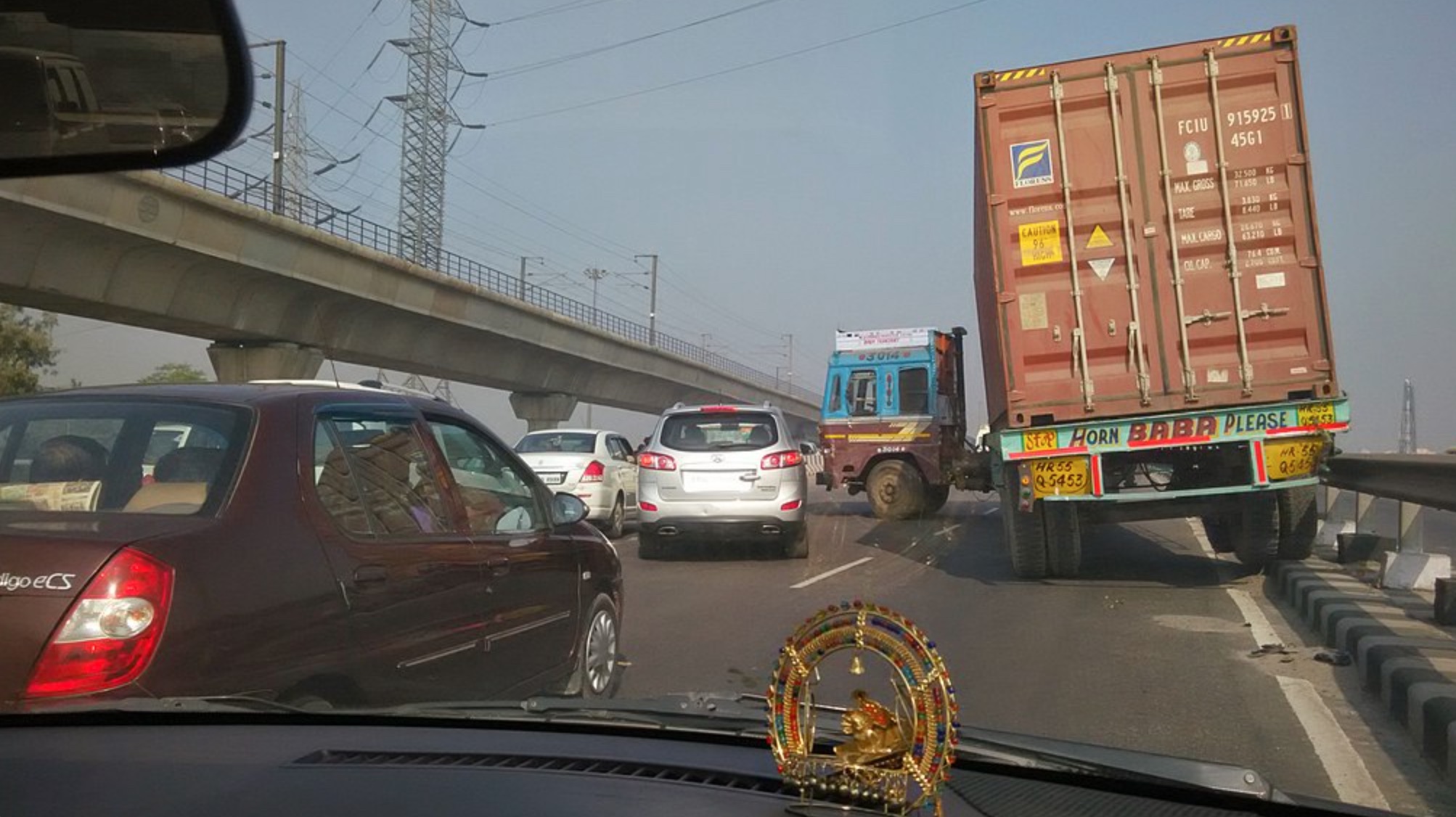By following safety tips and remaining vigilant on the road, you can minimize your risk of being involved in a collision.
Sharing the road with massive commercial trucks is an everyday reality. While these behemoths deliver vital goods across the country, their immense size and weight translate to a heightened risk of catastrophic accidents. Understanding the increased severity of truck accidents is crucial, especially if you’ve been involved in one or know someone who has.
This article explores the factors that contribute to the heightened danger of truck accidents, the types of injuries commonly sustained, and the importance of seeking legal counsel if you’ve been impacted.
Why Are Truck Accidents So Dangerous?
While car accidents are unfortunately common, commercial truck crashes present a distinct set of challenges and often result in far more severe consequences.
The Disparity in Size and Weight
The most glaring difference between trucks and cars is their sheer size and weight. A typical semi-truck can weigh up to 80,000 pounds – roughly 30 times the weight of a passenger car. This immense disparity in mass translates into a devastating force of impact in a collision. Even a seemingly minor fender bender involving a truck can result in catastrophic injuries or fatalities for car occupants.
The laws of physics dictate that the momentum (mass multiplied by velocity) of a moving object determines the force of impact in a collision. A heavier object with similar speed will exert a much greater force on a lighter object during a crash. This means that even a slow-moving truck can inflict serious damage on a car.
Increased Stopping Distances
The immense weight of a truck significantly increases its stopping distance compared to a car. A car traveling at 55 mph on dry pavement might require a stopping distance of 200 feet, while a fully loaded truck at the same speed could require 400 feet or more to come to a complete stop. This difference becomes crucial in emergency situations, where a truck driver may not have enough time to react and avoid a collision.
Factors like weather conditions, road grade, and worn brakes can further extend stopping distances for trucks. These factors are especially concerning in areas where harsh winters can lead to icy roads and reduced visibility.
Limited Visibility
The height and design of large trucks create significant blind spots for drivers. These blind spots often encompass crucial areas around the front, sides, and rear of the truck, making it difficult for drivers to see cars, motorcycles, and pedestrians in their vicinity. This can lead to accidents when drivers change lanes, turn corners, or back up without noticing a smaller vehicle in their blind spot.
Modern trucks are increasingly incorporating blind-spot detection and warning systems to address this issue. However, it’s never safe to assume a truck driver sees you – practice defensive driving and make yourself visible whenever sharing the road with a large truck.
Increased Risk of Underride Collisions
Underride accidents occur when a smaller vehicle, such as a car, collides with the rear of a truck and gets lodged underneath its trailer. These accidents are particularly dangerous because the car’s occupants are exposed to the full force of the truck’s weight and undercarriage. Underride crashes often result in crushing injuries, fatalities, and vehicle fires.
Cargo Shift
Trucks carry a wide variety of cargo, and improper loading or securing of cargo can have devastating consequences. If cargo becomes loose during transport, it can fall onto the road, creating a hazard for other vehicles. Loose cargo can also shift within the trailer, causing the truck to become unbalanced and swerve or roll over, leading to a multi-vehicle accident.
Driver Fatigue

Truck drivers are subject to strict federal regulations regarding hours of service. However, driver fatigue is still a major concern in the trucking industry. Long hours on the road, tight deadlines, and pressure from employers can all contribute to truck driver fatigue. A fatigued driver is more likely to make mistakes in judgment, such as slower reaction times or drifting out of their lane, leading to an accident.
Truck Driver Negligence
Beyond fatigue, other forms of truck driver negligence can also contribute to accidents. Reckless driving, speeding, driving under the influence of alcohol or drugs, and distracted driving are all serious concerns that can put everyone on the road at risk.
Complexities of Truck Accident Law
Truck accidents often involve multiple parties – the truck driver, the trucking company, the cargo loader, and maybe even the manufacturer of the truck or its parts. Determining liability in a truck accident can be a complex process that requires an in-depth understanding of trucking regulations and federal laws.
Victims of truck accidents may be entitled to compensation for medical expenses, lost wages, pain and suffering, and vehicle damage. Working with a lawyer experienced in truck accident cases is crucial to navigating the legal system and securing maximum compensation.
Protecting Yourself on the Road
While the risks associated with truck accidents are significant, there are steps you can take to increase your safety:
- Maintain a Safe Following Distance: Leave ample space between your car and a truck, especially in bad weather or congested traffic. This allows extra time to react if the truck needs to stop suddenly.
- Avoid Blind Spots: Be aware of the truck driver’s blind spots and avoid lingering in those areas. Make eye contact with the truck driver whenever possible to confirm they see you.
- Use Caution When Merging: Don’t cut off trucks when merging lanes. Wait for a clear signal from the truck driver before proceeding.
- Pass Safely: Only pass a truck when there is ample space in the oncoming lane, and you can complete the maneuver safely. Be mindful of no-passing zones and never pass on the right shoulder.
- Stay Alert and Avoid Distractions: Focus on the road and avoid distractions like using your phone or eating while driving. Being attentive to your surroundings is crucial for defensive driving.
- Report Reckless Driving: If you witness a truck driver exhibiting reckless behavior, report it to the authorities immediately.
Seeking Legal Help After a Truck Accident
If you’ve been involved in a truck accident, especially if you or a loved one has suffered serious injuries, seeking legal counsel from an experienced truck accident lawyer is critical. Here’s why:
- Investigating the Cause: A truck accident lawyer will investigate the cause of the accident, identify all liable parties, and gather evidence to support your claim.
- Understanding Complexities: Truck accident cases involve complex regulations and require a thorough understanding of the trucking industry. An experienced lawyer can navigate these complexities on your behalf.
- Negotiating with Insurance Companies: Insurance companies for trucking companies are notorious for offering lowball settlements. An experienced lawyer can negotiate aggressively to ensure you receive fair compensation for your damages.
- Filing a Lawsuit (if necessary): If a fair settlement cannot be reached, your lawyer can represent you in court and fight for your rights.
Understanding the increased severity of truck accidents empowers you to be a more cautious and aware driver. By following safety tips and remaining vigilant on the road, you can minimize your risk of being involved in a collision. However, if you do find yourself to be a victim of a truck accident, remember that legal help is available. An experienced truck accident lawyer can be your strongest advocate, ensuring you receive the compensation you need to move forward with your life.


Join the conversation!